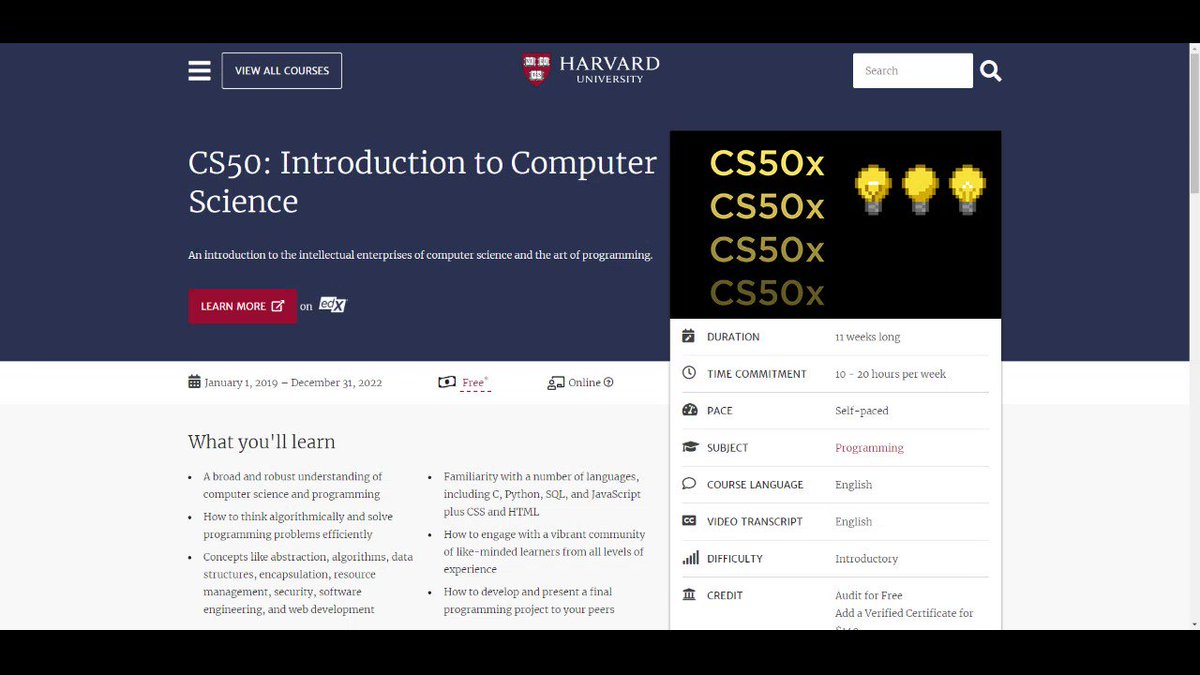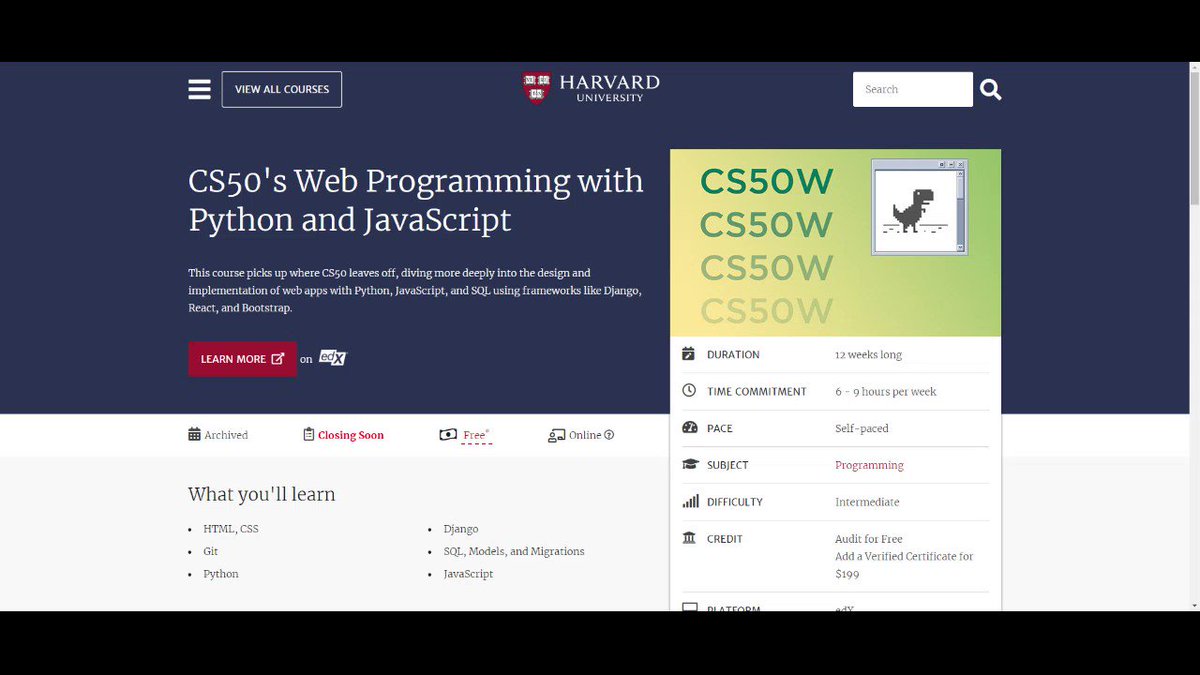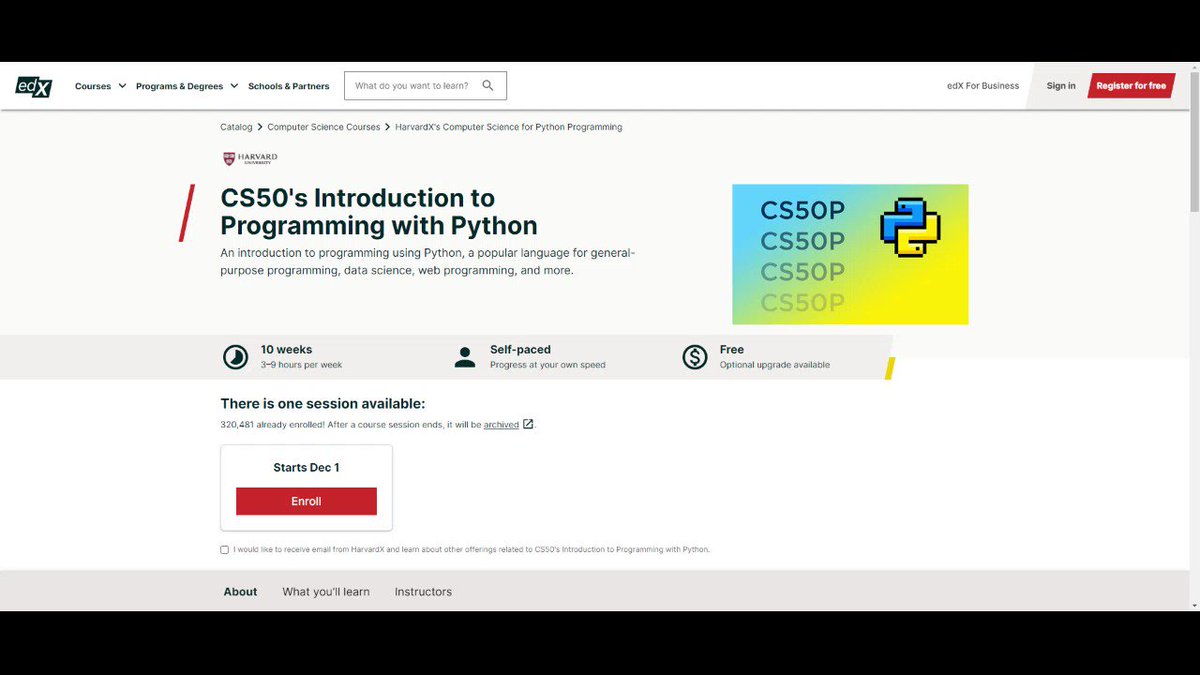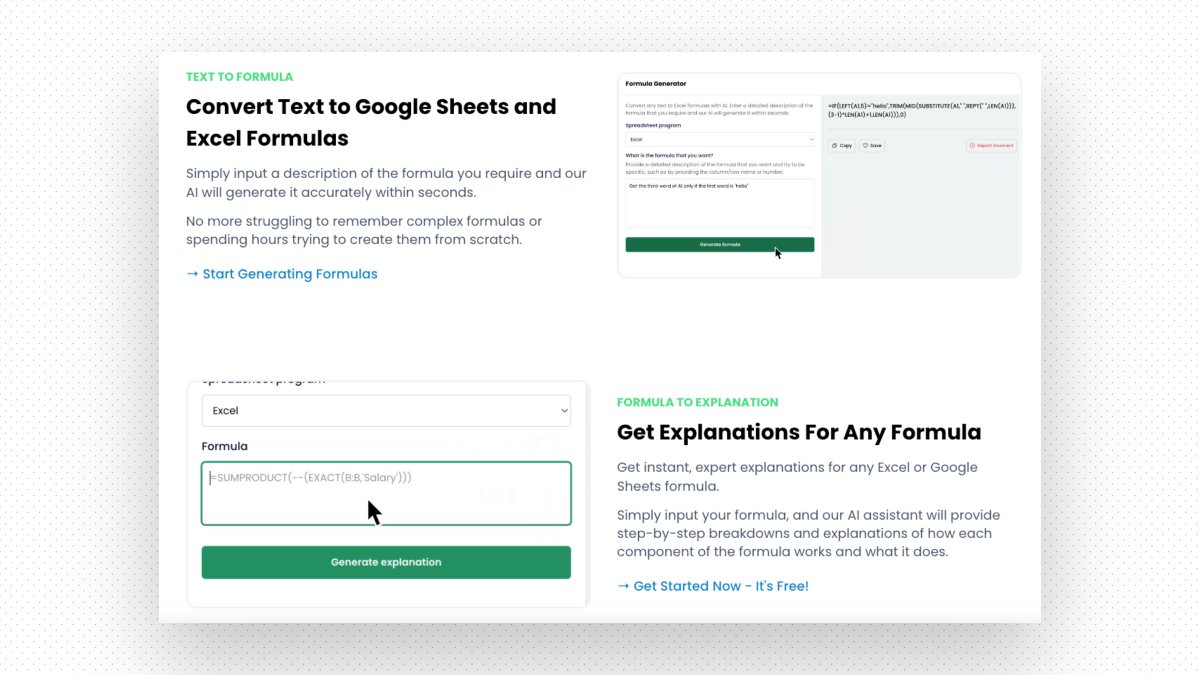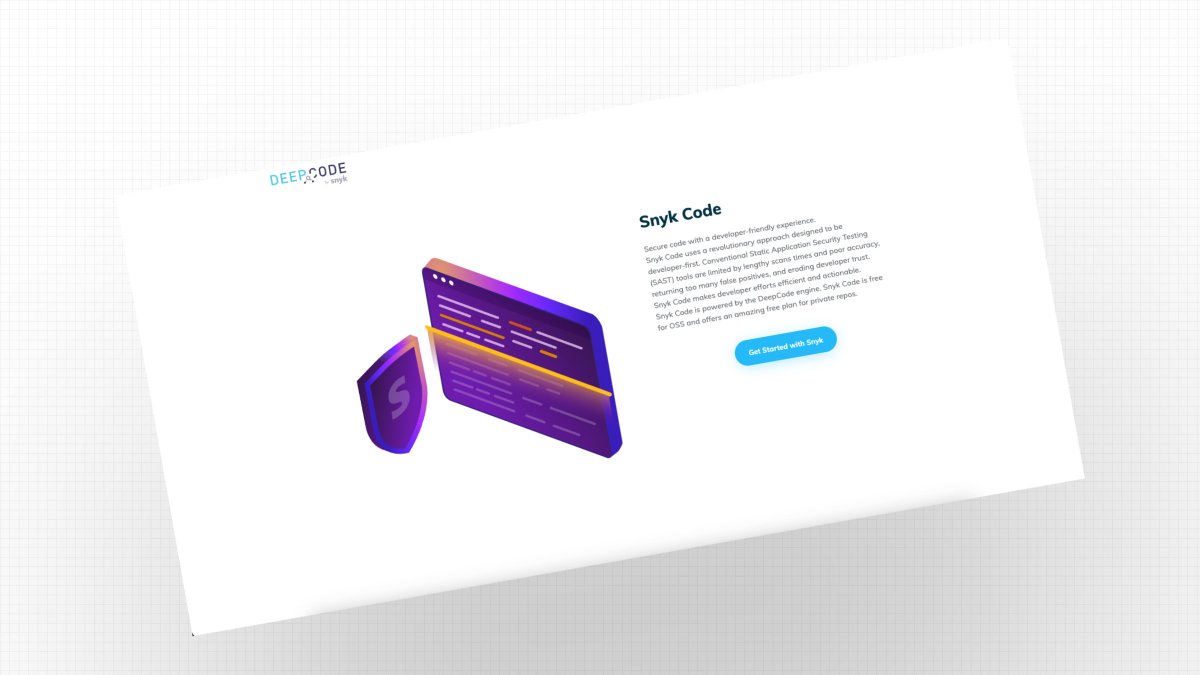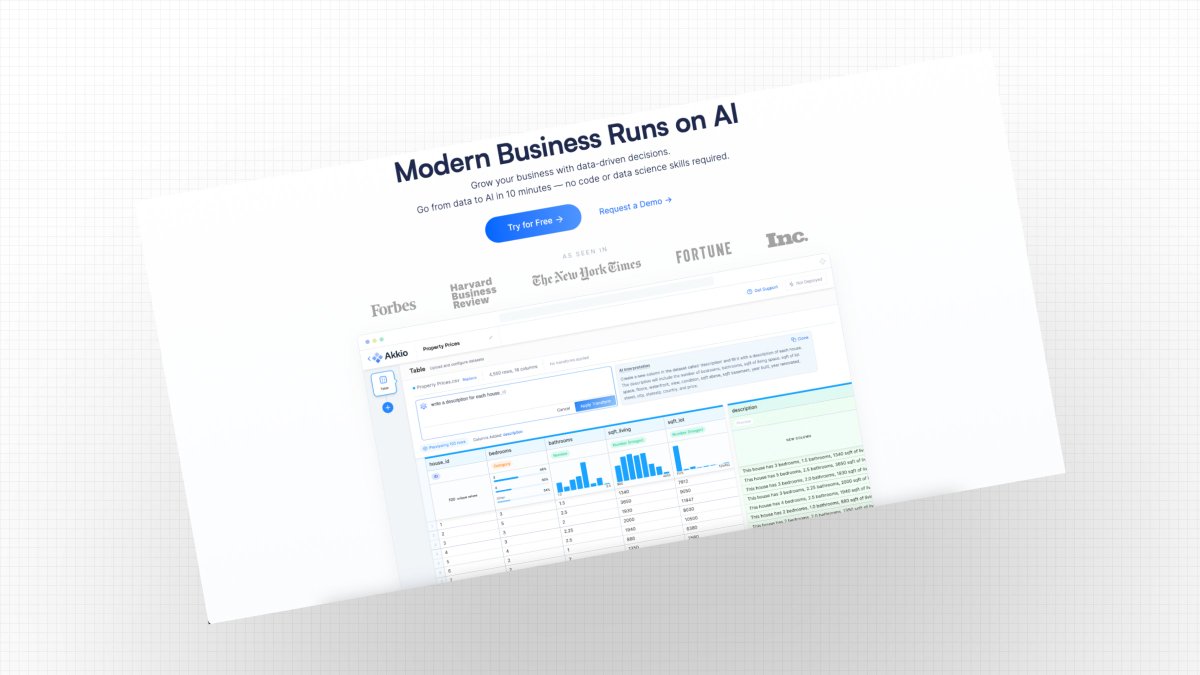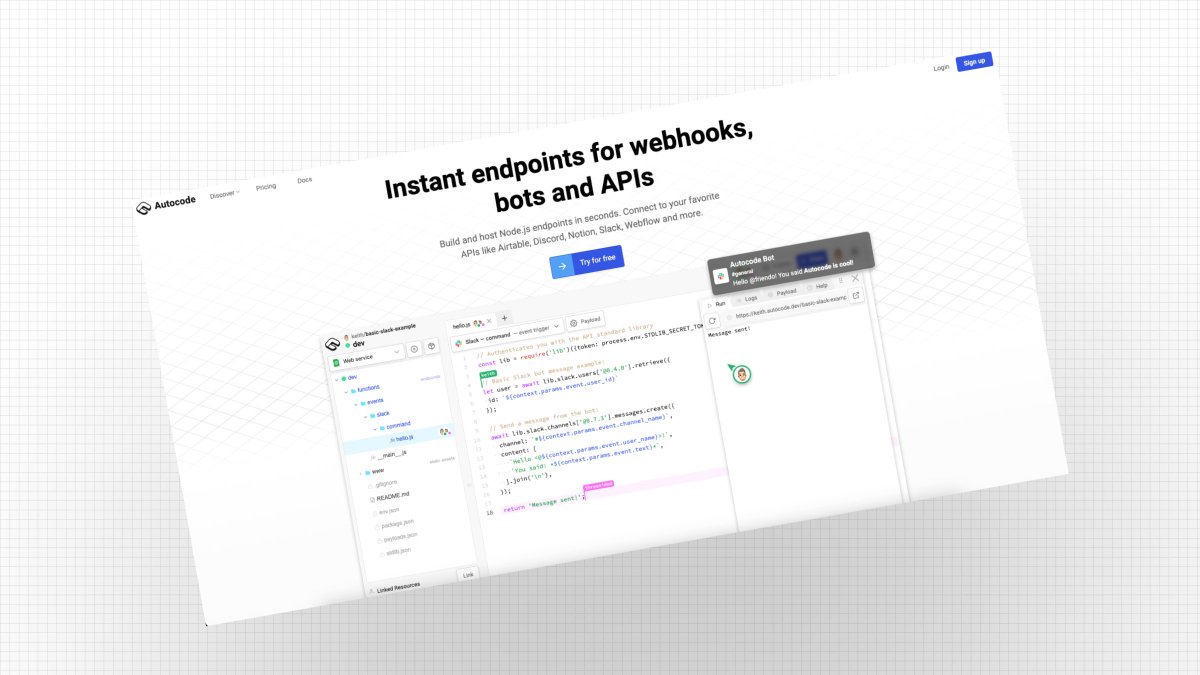The secret? Story, flow, and structured arguments.
Every fresh analyst is taught this blueprint:
• Introduction & context on one slide
• Always lead with the conclusion
• Pyramid argument structure
• Title storyline & slide flow
Let's break it down, so you can apply it too:
Set the stage by using the SCQA framework.
Situation: what's the current state?
Complication: what needs to change?
Question: how can you solve the complication?
Answer: this one deserves it's own slide, up next.
This tells your audience WHY they should read on.
Example:
Next, lead with your answer.
Put your conclusion out there, and let people digest it.
Explain WHY this is the answer later on.
Example:
Break down your answer using the Pyramid principle
• Back your conclusion with 3-5 key arguments
• Support your arguments with findings & data
• 1 argument per slide, drive your point home
• Nothing overlaps, nothing is missing
• "Nice to haves" go in the appendix
Example:
All slide titles combine to tell the storyline.
A busy executive only scans the titles.
Will they get your point?
A great slide title:
• Presents the slides' takeaway
• Clearly makes the main argument
• Answers why the audience should care - "So what?"
Example:
The slide content explains & supports the title.
You've made your point in the title, now support it:
• Explain how your data leads to the takeaway
• Show supporting data & findings
• Give context to the argument
Example:
Bookmark this thread as cheat sheet for your next presentation:
• Set the stage
• Provide context
• Lead with the answer
• Let the titles tell the story
• Break your arguments down
• Create slides that support the title
That's how you make complex topics easy to digest.
Let's put this thread's core ideas to the test:
• Started with context & the answer
• The first line of each Tweet tells the overall story
• The rest of each Tweet explains & supports the title
Check to see if I passed!
Thanks for reading!
If you found this valuable, join my mission to bring effective project management to tech SMBs.
Follow me
@polak_jasper as I share the tactics, soft skills & frameworks you need.
Want to make my day? Retweet the 1st tweet. 🙏
https://t.co/5a2Fo2nDBQ
Let’s put the concept to the test!
Do the titles tell the story?





